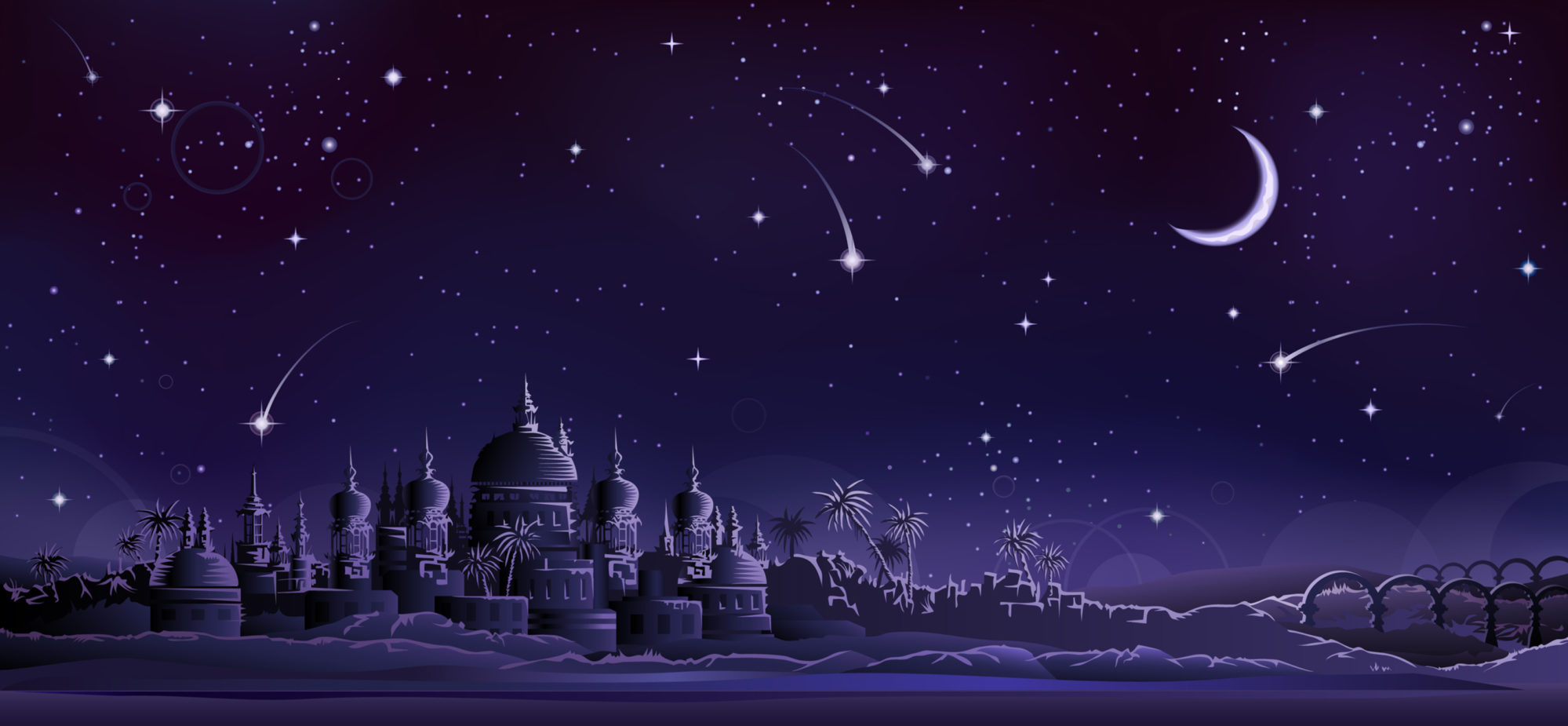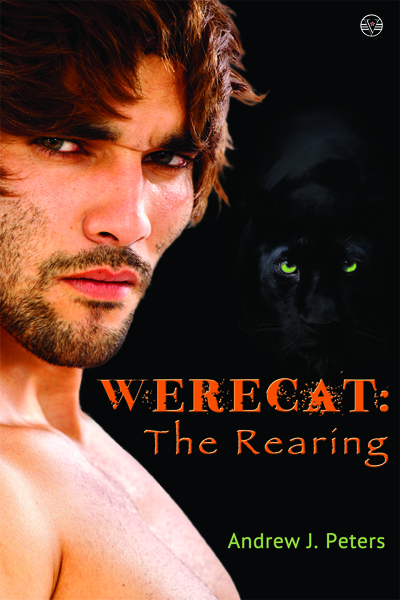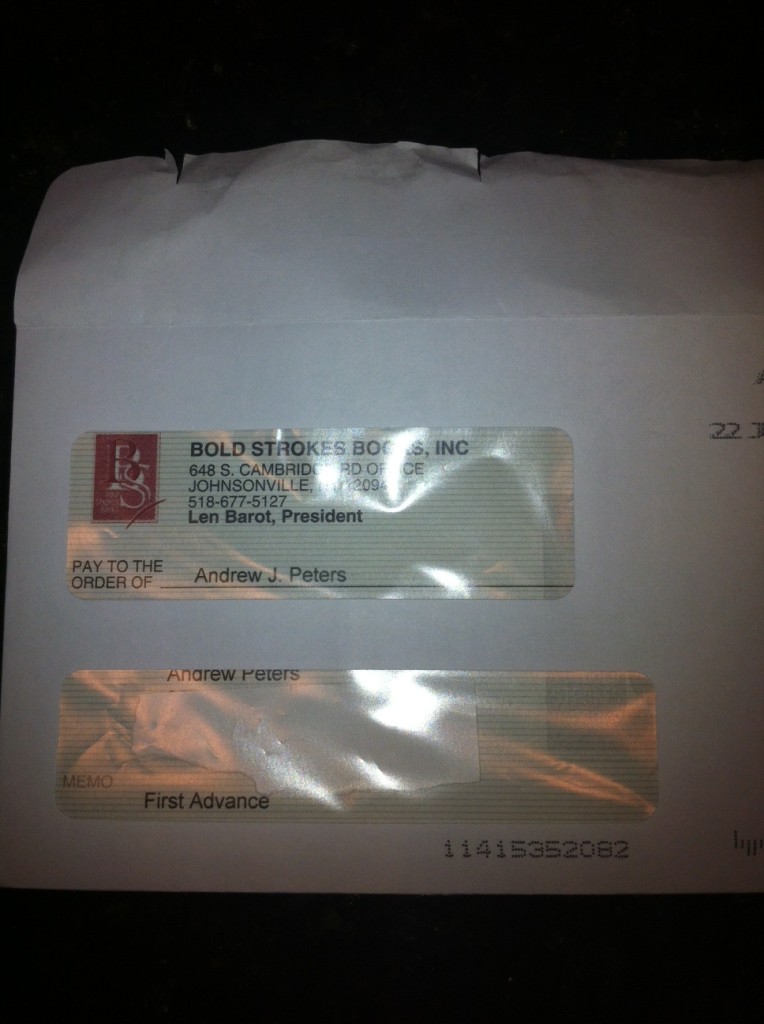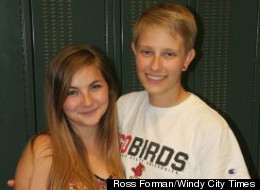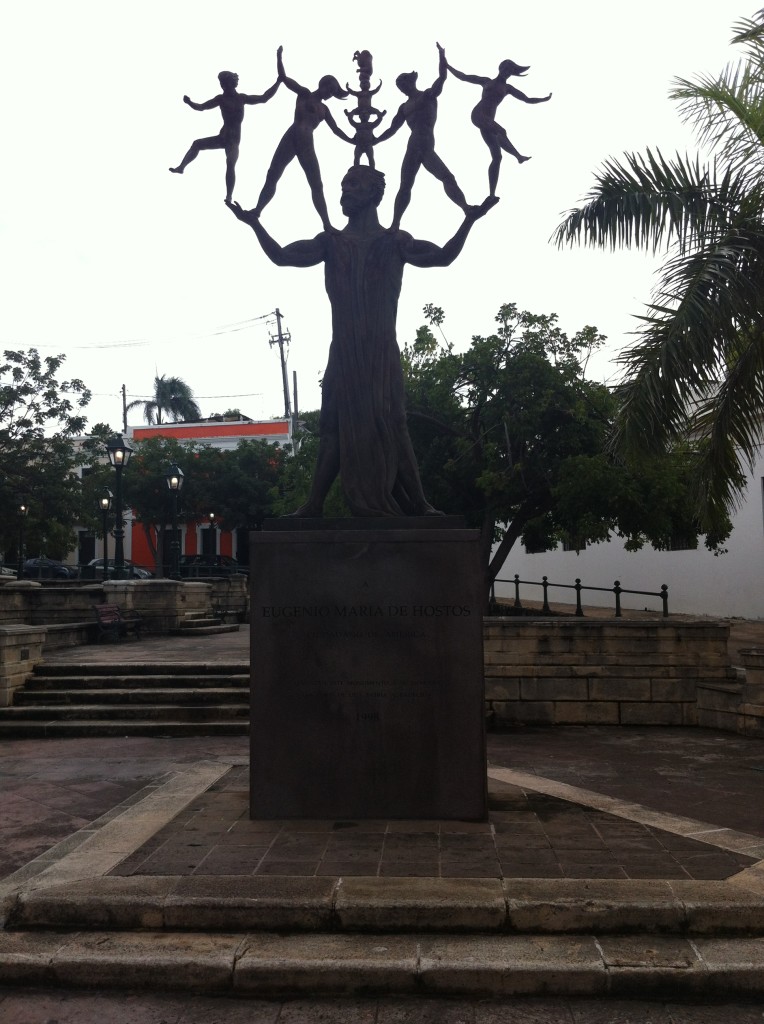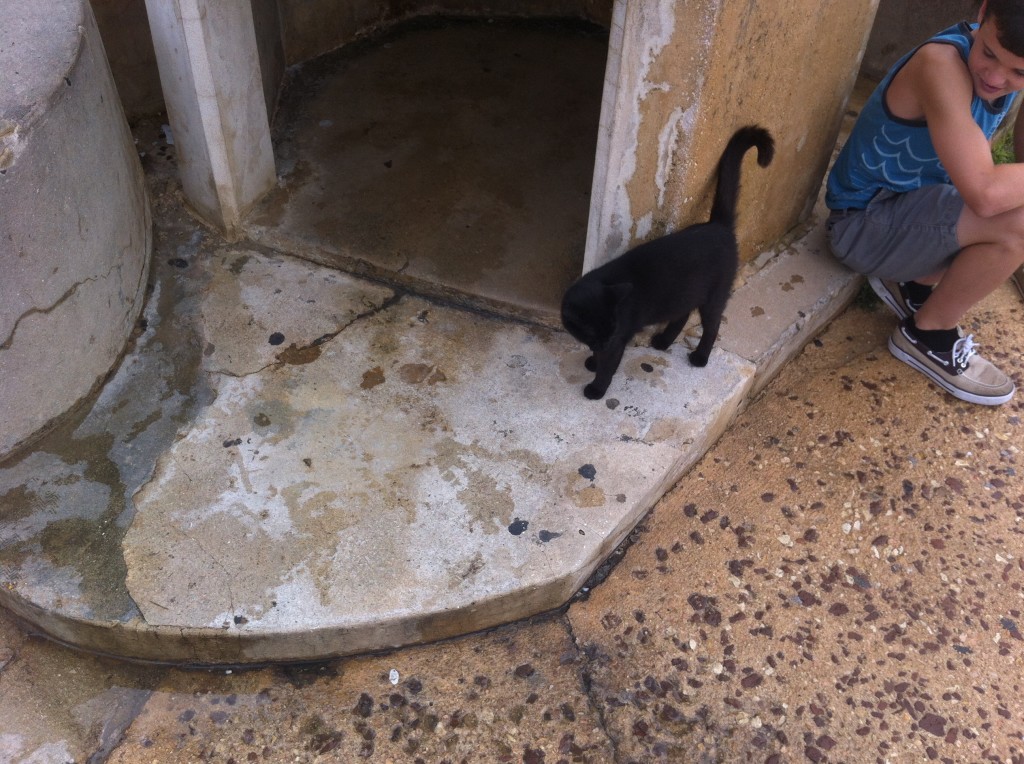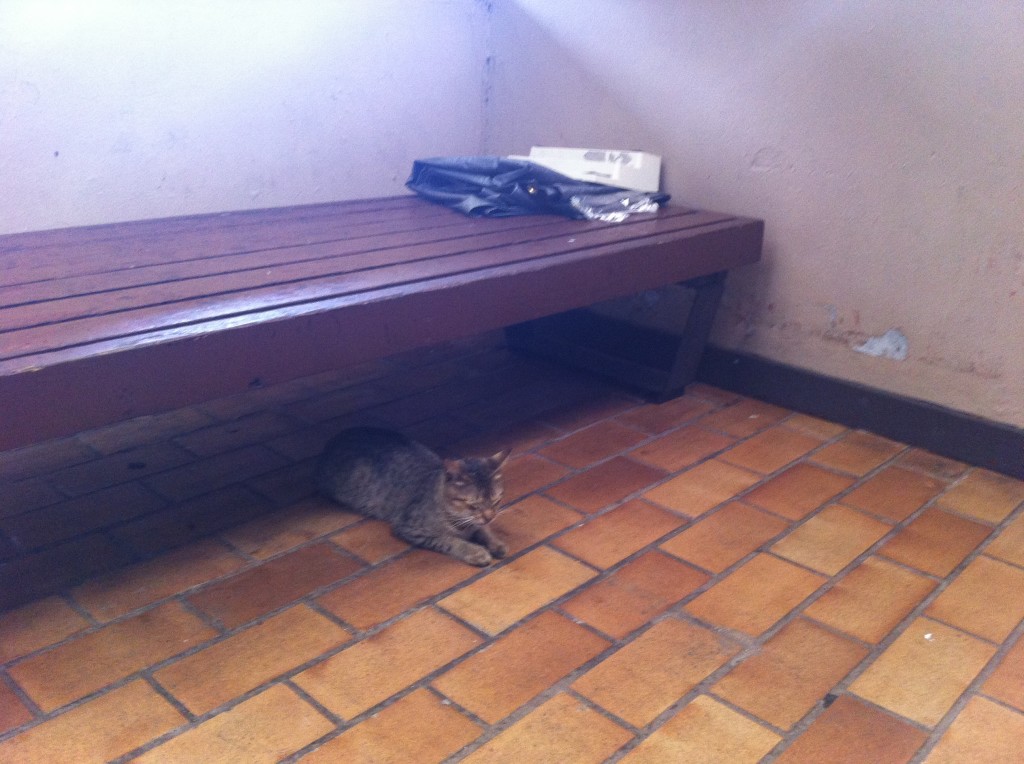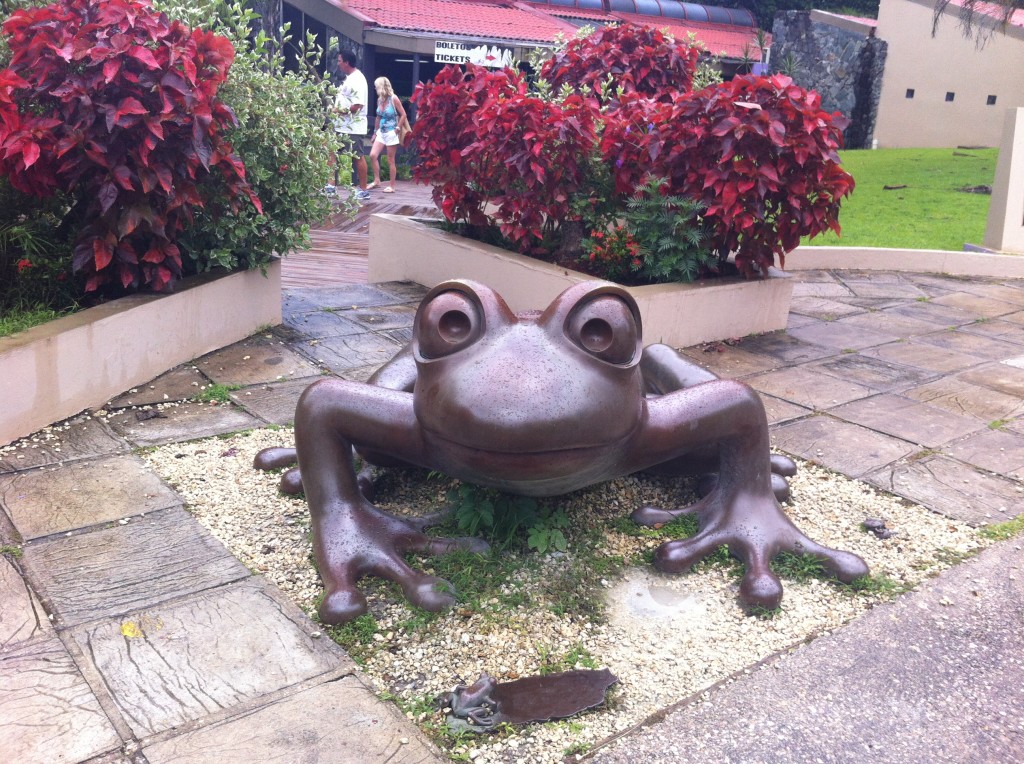Many thanks to all who entered the drawing. I chose a winner through random.org early this AM. It’s Mary! I have sent you an e-mail with instructions for claiming your prize.
August is my birthday month, and to celebrate I’m running a giveaway on my blog.
Drop a comment below with your e-mail address, and I will select a winner using random.com on my birthday August 24th 12:00AM EST.
Here’s what you’ll be entering to win.
For Jacks Dowd, a college senior who feels ungrounded from his family and life in general, an alcohol and sex-infused weekend in Montréal sounds like a pretty good escape. His Spring Break binge takes a detour when he meets Benoit, an admiring drifter with startling green eyes. A hook-up turns into a day, two days, and then a full week in Benoit’s hostel, making love and scarfing down take-out food. But at the end of the week, Benoit demands that Jacks make an impossible choice: stay with him forever, or go back to college and never see him again.
There’s something dangerous about Benoit, but Jacks has fallen for him brutally. The night before Jacks is supposed to return to college, he finds Benoit in Mont Royal Park, where they first met, to try to work things out. Benoit springs on Jacks an unfathomable secret: he’s a mythical creature, half man and half jungle panther. He traps Jacks in an abandoned cabin and performs an occult rite so they will be mated forever.
I guess most people celebrate their birthday by getting gifts. For me, giving away my first published book feels like a great way to celebrate. There are no strings attached, unless you count the virtual bow that will be tied around your gift. If you’re so moved to rate the book and/or write a review on Amazon, GoodReads or Barnes & Noble, you’ll make this birthday boy extra happy.
Here’s an excerpt from the book to tell you a little more about Werecat: The Rearing. It’s the opening scene.
Coming in from the darkened street, Jacks was assaulted by the all-night bodega’s fluorescent lights. Ground-in dirt scored the dull tile floor. Boxed dry goods, probably stocked in another decade, lined grimy, metal shelves. The water-stained drop ceiling encroached in on him from the corners of his vision.
As he approached one of the glass refrigerator cabinets, his reflection glared back. Jacks had told himself he was working a grunge look, but he was crossing into vagrant territory. Thick, unwashed hair framed his scruffily bearded face. His black wool cap didn’t make him look hip and counterculture. It made him look destitute and dangerous. He wondered if he traveled in a cloud of body odor, like some comic strip character.
Jacks grabbed some things from the refrigerated section, headed to the canned food aisle and dropped an armful of groceries on the check-out counter.
Farzan, the cashier, smiled at him. He was a handsome Persian guy, probably around Jacks’ age. They had made small talk before. Farzan worked the overnight shift while he was going to medical school. His dad owned the shop. He had struck up conversation about American politics and American rock bands, and it turned out they liked a lot of the same music. The guy was cool, but Jacks just wanted to get in and out. He looked like a mess. Besides, he had to be getting back to Benoit.
Farzan’s dark, almond eyes narrowed at the sight of Jacks’ purchases: five packages of hot dogs, two cartons of milk, a graying plastic envelope of assorted cold cuts and a half dozen cans of Vienna sausages. His tan face flouted a woeful grimace.
“Stocking up on proteins again?”
“Yeah,” Jacks mumbled. He flashed a shy grin and dug into his jeans’ pocket for cash. Farzan took his time scanning the items at his old, computerized register. He was probably bored and starved for company. The crooked Bud Lite clock on the wall behind the register showed three-fifteen in the morning.
“This is no good,” Farzan said. “You need a complex diet or you will develop a vitamin deficiency. Did you know that overconsumption of animal products has been linked to cancer?”
“You sound like a doctor already.”
“It is also a myth that a diet rich in meat will lead to muscle development.”
“I buy other stuff at the market down the street.” Jacks’ eyebrow twitched, and his gaze skimmed his feet.
“I can’t sell you this.” Farzan waved the cold cuts at Jacks. “It’s past its expiration date.” The package flew into the garbage can behind the counter with a thud.
“I’ll get another one.” Jacks headed over to the refrigerated shelves.
“Don’t bother. They’re all the same. We only restock on Tuesdays.”
Jacks stopped in his tracks and walked back to the register. He realized he had left a crumpled wad of bills and all his loose change on the counter. Luckily, the place was as dead as a morgue. Not many people were out at delis at three in the morning this far uptown.
Farzan was looking around for something behind the counter. When he turned back to Jacks, he had a plastic tub of rice in his hand.
“This is Adas Polo. Basmati rice with lentils and raisins. Very healthy.”
Jacks nodded, though he had no idea why Farzan was showing him the stuff.
“I will give you some.” Farzan brought out a large size Styrofoam coffee cup and shoveled the rice into it with a plastic spoon.
“No, you don’t have to do that.”
Farzan didn’t seem to hear him. He closed up the cup with a white lid and handed it to Jacks.
“Thanks,” Jacks said. He gathered up his money. “What do I owe you?”
“For the Adas Polo, no charge. For the rest, thirty-four dollars and eighty-nine cents.”
Jacks fished out a twenty and two tens from the bundle in his hand.
“When are you going to give me the download of the Death Cab for Cutie album?”
Jacks’ insides sank. He had been meaning to bring Farzan his memory stick of music downloads. “Sorry, I keep forgetting.”
“That’s OK. I know you will be back.”
He took Jacks’ money and gave him his change and his bagged groceries.
Good luck!
